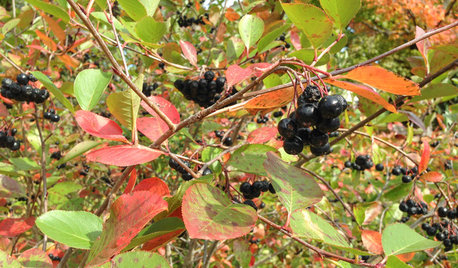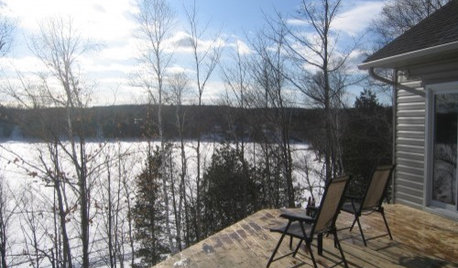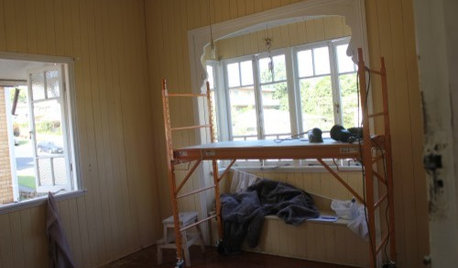dark star ceanothus
klew
14 years ago
Related Stories

GARDENING FOR BUTTERFLIESGreat Design Plant: Ceanothus
Try these springtime stars for a bolt of blue, especially where you've got a dry spot in the garden
Full Story
GARDENING GUIDESGreat Design Plant: Aronia Melanocarpa, a Star for Three Seasons
Plant black chokeberry in moist sites in eastern U.S. gardens for colorful spring flowers, red fall foliage and dark blue berries
Full Story
LIGHTINGIndoor Stars Light Winter Nights
Bring the night sky indoors with twinkling lanterns, star charts, clever curtains and more
Full Story
SHOP HOUZZShop Houzz: A Space Inspired by ‘Star Wars’
The answer to this deep question might just depend on your favorite colors
Full Story0





DECORATING GUIDESCatch a Shooting Star
Add a touch of celestial magic to your home and garden with these 5 star-inspired design ideas
Full Story
MOST POPULARIt’s Star Wars Day. May the Fourth Be With You
Fans of the sci-fi series are making special effects of their own all over the house. Have a look and share your own ideas for celebrating
Full Story







Embothrium
klewOriginal Author
Related Professionals
Ferndale Landscape Architects & Landscape Designers · Severn Landscape Architects & Landscape Designers · Manchester Landscape Contractors · Tempe Landscape Contractors · Bell Gardens Landscape Contractors · Dallas Landscape Contractors · Mission Bend Landscape Contractors · North Haven Landscape Contractors · North Plainfield Landscape Contractors · Soddy Daisy Landscape Contractors · Phoenix Fence Contractors · Brooklyn Fence Contractors · Chatsworth Fence Contractors · Gurnee Fence Contractors · San Mateo Fence Contractorscascadians
Embothrium
albertine
reg_pnw7
Embothrium
muddydogs
twowolfs_99833_yahoo_com